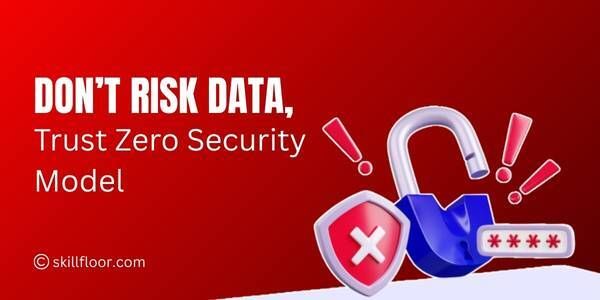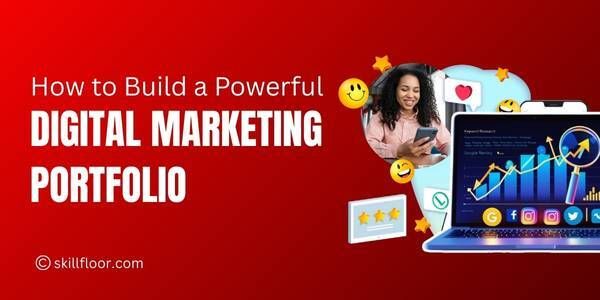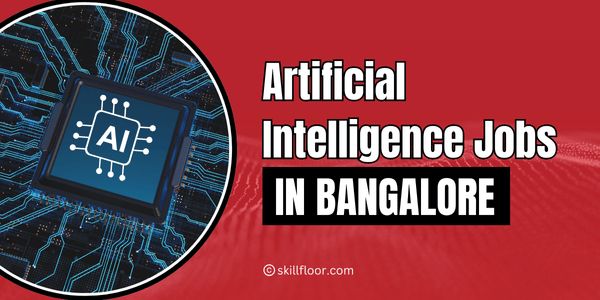Exploring the Latest AI Technologies Shaping the Future
Discover the future of data science through cutting-edge AI technology. Explore the latest advancements shaping the future.

Artificial Intelligence (AI) continues to evolve at a rapid pace, revolutionizing various industries and transforming the way we live and work. With groundbreaking advancements in machine learning, deep learning, natural language processing, and computer vision, the latest technologies in AI are pushing the boundaries of what's possible. In this blog, we will delve into the exciting world of the latest technologies in artificial intelligence, exploring their potential, applications, and impact on society.
Reinforcement Learning
Reinforcement learning is an AI technique that enables systems to learn and make decisions based on trial and error. It has shown tremendous potential in areas such as autonomous vehicles, robotics, and game playing. By using rewards and punishments to guide the learning process, reinforcement learning algorithms can train agents to make optimal decisions and maximize performance in complex environments.
Generative Adversarial Networks (GANs)
GANs have revolutionized the field of image and video generation. This technology involves two neural networks, a generator and a discriminator, competing against each other. The generator creates synthetic data, such as images, while the discriminator tries to distinguish between real and fake data. Through this adversarial process, GANs can produce incredibly realistic and high-quality outputs, with applications in computer graphics, art, and even deepfake detection.
Natural Language Processing (NLP)
NLP focuses on enabling machines to understand, interpret, and generate human language. Recent advancements in NLP, driven by deep learning techniques and large-scale language models, have paved the way for significant breakthroughs in machine translation, sentiment analysis, chatbots, and virtual assistants. These advancements are making human-computer interactions more intuitive and seamless.
Explainable AI
As Artificial Intelligence becomes more prevalent in critical decision-making processes, the need for transparency and interpretability has become crucial. Explainable AI aims to provide insights into how AI models make predictions or decisions. Techniques such as attention mechanisms, rule-based systems, and model-agnostic methods allow us to understand the reasoning behind AI algorithms, ensuring accountability, fairness, and trustworthiness.
Edge Computing
Edge computing brings AI capabilities closer to the source of data generation, reducing latency and improving real-time decision-making. With the proliferation of Internet of Things (IoT) devices, edge computing enables AI algorithms to run directly on the devices or at the edge of the network, allowing for faster and more efficient processing. This technology has applications in autonomous vehicles, smart homes, and industrial automation.
Quantum Computing
Quantum computing holds immense promise for solving complex problems that are beyond the capabilities of classical computers. Quantum algorithms can provide exponential speedup in certain calculations, opening up new possibilities for AI applications. From optimizing complex supply chains to accelerating drug discovery, quantum computing has the potential to revolutionize AI and drive scientific breakthroughs.
Autonomous Systems
Autonomous systems, such as self-driving cars and unmanned aerial vehicles (UAVs), are gaining momentum. These systems rely on AI algorithms to perceive their surroundings, make decisions, and navigate autonomously. The integration of sensors, computer vision, and machine learning enables these systems to adapt and learn from real-world experiences, ultimately enhancing safety, efficiency, and convenience.
Robotics and Automation
The combination of AI and robotics is enabling significant advancements in automation across various industries. From manufacturing and logistics to healthcare and agriculture, robots are becoming more capable of performing complex tasks with precision and efficiency. With the ability to process large amounts of data, analyze patterns, and learn from human interactions, AI-powered robots are revolutionizing workplace productivity and transforming industries.
Computer Vision
Computer vision is an area of AI that focuses on enabling machines to interpret and understand visual information. It involves algorithms that can analyze images and videos, extract meaningful insights, and make intelligent decisions based on visual data. Applications of computer vision range from facial recognition and object detection to medical imaging and surveillance systems, enhancing security, healthcare, and numerous other fields.
Natural Language Generation (NLG)
NLG technology allows computers to generate human-like language from structured data. This capability has significant implications for content creation, report generation, and personalized communication. NLG can automate the process of writing articles, summarizing data, and even generating personalized emails, freeing up human resources for more creative and strategic tasks.
Augmented Reality (AR) and Virtual Reality (VR)
AR and VR technologies have the potential to transform the way we interact with our environment and immerse ourselves in virtual worlds. AI plays a crucial role in enhancing AR/VR experiences by enabling object recognition, real-time tracking, and intelligent interactions. These technologies are finding applications in areas such as gaming, training simulations, education, and virtual design, opening up new possibilities for immersive and engaging experiences.
Deep Reinforcement Learning
Deep reinforcement learning combines the power of deep learning and reinforcement learning to enable machines to learn and make decisions in complex environments. This technology has shown remarkable progress in areas such as robotics, game playing, and autonomous systems. By leveraging neural networks and reward-based learning, deep reinforcement learning algorithms can achieve superhuman performance in tasks that were once considered challenging for machines.
In a Nutshell, The latest technologies in artificial intelligence are driving unprecedented advancements and transforming various aspects of our lives. From autonomous systems and robotics to computer vision, natural language generation, and immersive experiences, these technologies are revolutionizing industries, improving efficiency, and enhancing our daily experiences. The integration of AI with cutting-edge technologies is enabling machines to perceive, learn, and make intelligent decisions, pushing the boundaries of what was once thought possible. However, it is crucial to approach these advancements with responsibility and prioritize ethical considerations to ensure transparency, fairness, and accountability. As we embrace the latest technology in artificial intelligence, let us harness its potential to create a future where human potential and the power of AI work hand in hand to drive innovation and make a positive impact on society. Together, we can shape a future where technology enriches our lives and empowers us to tackle the challenges of tomorrow.
Additionally, as we delve further into the realm of artificial intelligence, it is important to emphasize the need for ongoing research and development. The field of AI is constantly evolving, and new technologies and techniques are emerging at a rapid pace. It is crucial for professionals and researchers to stay updated with the latest advancements, engage in continuous learning, and contribute to the growth of AI.
Moreover, the future of AI holds immense potential for interdisciplinary collaboration. As AI continues to intersect with fields such as healthcare, finance, transportation, and more, experts from diverse domains can come together to leverage AI for solving complex problems and driving innovation. This collaborative approach will not only enhance the capabilities of AI but also ensure that it is applied in a responsible and beneficial manner.



























































